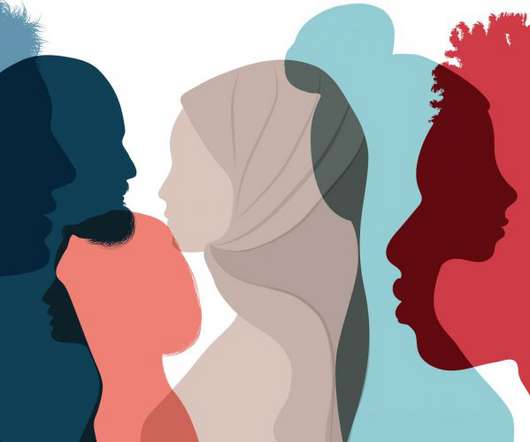20 Reasons Why Companies Should Do Less Better
In the CEO Afterlife
APRIL 24, 2017
Today, 40% of Nike’s revenue comes from apparel and sporting goods. What’s left in apparel and sporting goods is a good strategic fit with Nike’s operations. The do less better strategy must impact every element of an organization – that includes messaging, systems, recruiting, R&D, and employment. Sacred cows cannot exist.






































Let's personalize your content